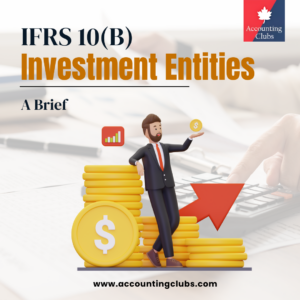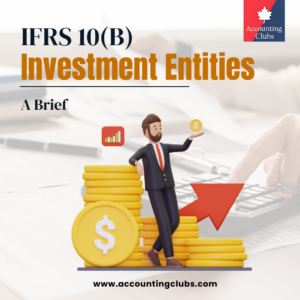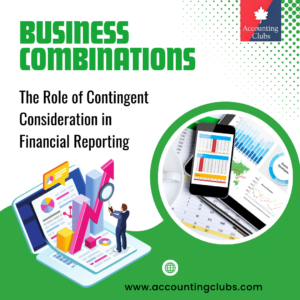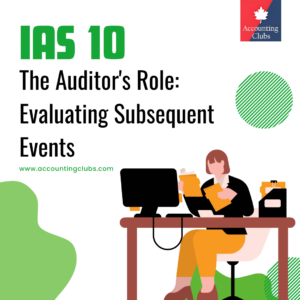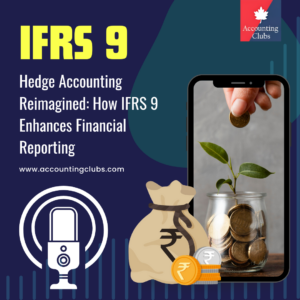Chapter 4: Investors and Related Parties
Transactions between different investors in an associate
Entity D is a related party of each of entities A, B, and C because it is an associate of those entities. Entity A sells goods to Entity B, and Entity C provides services to Entity B. Entities A, B, and C are related parties of Entity D, but not necessarily related parties of each other.
The transactions between entities A and B and between entities C and B would not be disclosable in any of the financial statements of entities A, B, C, or D unless there is some other relationship between entities A, B, and C (other than the fact that they are all investors in entity D) that would make them related parties. (They would be related parties of each other if, for example, entities A, B, and C were all fellow subsidiaries of another entity, but not because of their investment in entity D.)
An investor controls one entity and has significant influence over another
Mr A owns 70% of Entity B and 30% of Entity C. Mr A controls entity B, so he is a related party to that entity. He has significant influence over entity C, so he is a related party of that entity. Entities B and C are related parties because Mr. A has control over Entity B and significant influence over Entity C. Entity B’s financial statements should include details of transactions with Mr. A and with Entity C.
Entity C’s financial statements should include details of transactions with Mr A and with Entity B. The position would be the same if Mr A had joint control, as opposed to control, over entity B. Mr. A would be a related party of entities B and C, while entities B and C would be related parties of one another.
The investor has significant influence over two entities
Mr. X owns 40% of Entity Y and 25% of Entity Z. Mr. X has significant influence over Entity Y, so he is a related party of that entity. Mr X has significant influence over entity Z, so he is a related party of that entity.
Entities Y and Z are not related to each other. Investees are not related just because they are subject to significant influence from the same investor.
Parties that are related because of a family connection
Mr Y’s father owns 100% of the shares in entity A. Mr. and Mrs. Y owns 100% of the shares in Entity B. Mrs. Y’s sister provides book-keeping services from time to time to Entity B but is not an employee.
Entity A has increased its loan of C150,000 to Entity B to C200,000 during the year, for which Entity A charges a below-market rate of interest. Mr. Y’s father and Mrs. Y’s sister are related parties of entity B if they are ‘close family’ of either Mr or Mrs. Y.
They are close family if they might be expected to influence or be influenced by, Mr or Mrs. Y in their dealings with entity B. Mr. Y’s father and Mr. and Mrs. Y are ‘close family’, so Mr. Y’s father is a related party of Entity B, which is controlled by Mr. and Mrs. Y. Mr. Y’s father has a controlling interest in Entity A. Entity A is a related party of entity B.
Both entities should disclose the necessary details regarding the increase in the loan to C200,000 in their financial statements. Entity A should also disclose the amounts due to it from Entity B on the balance sheet date, together with any provisions and amounts written off. Entity B should disclose the amount that it owes to Entity A at the balance sheet date.
Entity B would have to disclose the transactions with Mrs. Y’s sister if the sister might be expected to influence or be influenced by, either Mr or Mrs. Y in their dealings with Entity B. This is a matter of judgment, based on the facts of the case.
Member of key management personnel has an investment
Mr. A owns all of the share capital of Entity X. He is also a member of the key management personnel of Entity Y. Entity Y owns all of the share capital of Entity Z. Entity X’s financial statements Entity Y is a related party of Entity X, because Mr. A is a member of the key management personnel of entity Y and he also controls entity X.
Entity Z is also a related party of entity X, because Mr. A is a member of the key management personnel of its parent, entity Y. Entity Y’s separate and consolidated financial statements Entities X and Z are related parties of entity Y for entity Y’s separate financial statements. This is because Mr A, a member of Entity Y’s key management personnel, controls Entity X, and Entity Y controls Entity Z.
Entity X is a related party to Entity Y’s consolidated financial statement. Entity Z’s financial statements Entity X is a related party of Entity Z because Mr. A controls Entity X and he is also a member of Entity Z’s parent’s key management personnel.
A close family member has an investment
Mr. L controls Entity M. Mr. L’s spouse, Mrs. L, has significant influence over Entity N. Entity N is a related party to Entity M’s financial statements. Entity M is a related party to Entity N’s financial statements. This is because of Mr. L’s control of Entity M and Mrs. L’s significant influence over Entity N.

